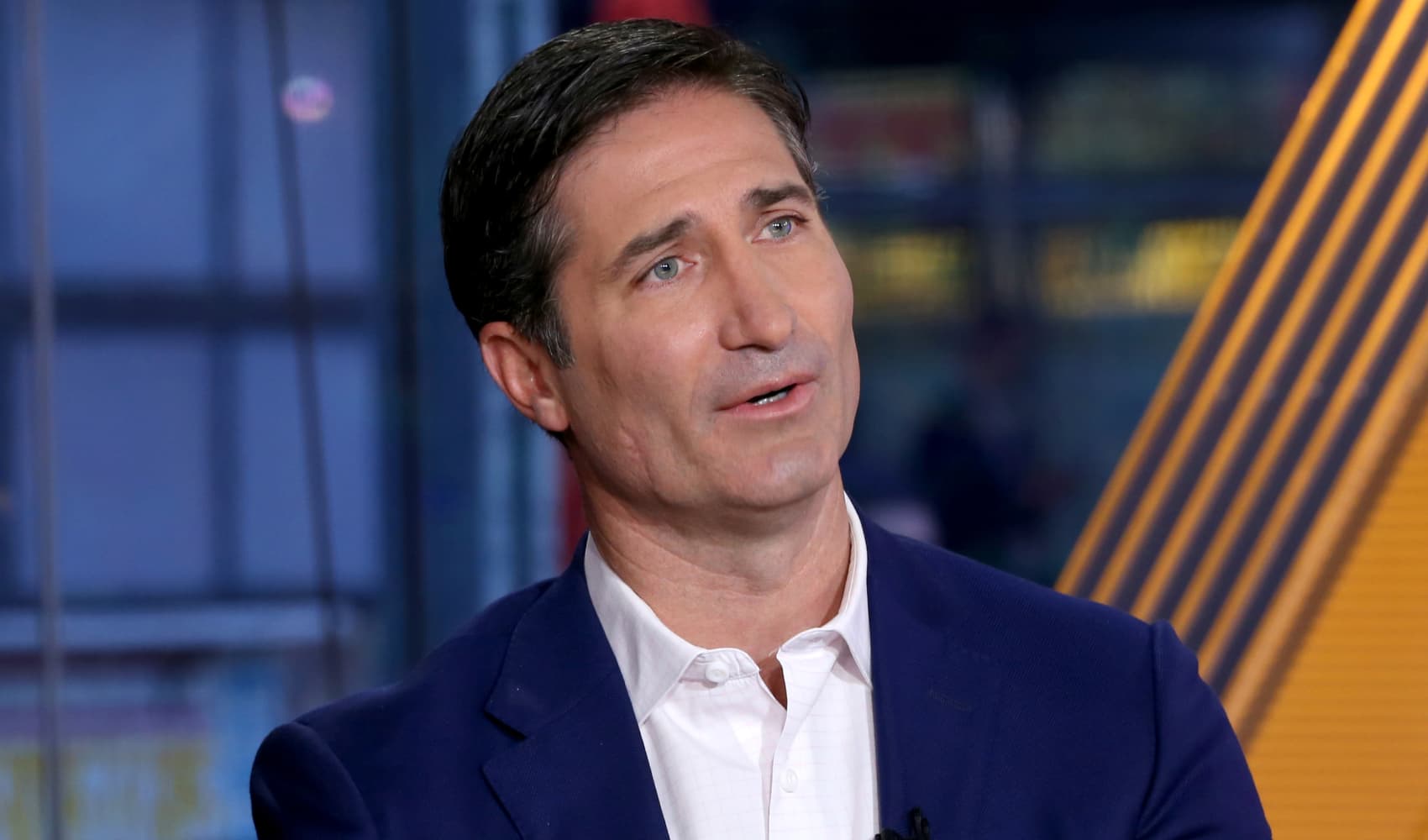
- While companies are increasing their spends on generative artificial intelligence, there is a growing gap between expectations of company executives and what workers are reporting.
- In fact, a majority of employees using gen AI tools say the tools are decreasing their productivity and enhancing their workloads as opposed to reducing it, according to a recent poll.
- Bridging that gap will require rethinking the fundamental way humans work.
No employee will choose to learn how to use a technology they are told is taking their job.
Despite companies' high expectations for productivity gains from generative AI technology, workers are finding far different results when those tools are added to their jobs. Nearly all of C-suite leaders — 96% — polled in an Upwork Research Institute study in July said they expect the use of gen AI tools to increase their company's overall productivity levels.
However, less than half — 47% — of employees using gen AI tools say that they have no idea how to achieve the productivity gains their employers are expecting, according to the study. More than 75% of employees said gen AI tools have even decreased their productivity and added to their workload.
Get top local stories in DFW delivered to you every morning. Sign up for NBC DFW's News Headlines newsletter.
Meanwhile, companies are also increasing their spending on new AI tools. Forty-four percent of companies said artificial intelligence is the single-largest technology spending budget item for them in the next year and 60% described their new AI investments as "accelerating" in a recent CNBC Technology Executive Council survey.
Finding a better way of matching executive expectations and worker outcomes is critical if companies want investments in generative AI to pay off.
"If you invest billions of dollars into these technologies for large organizations but nobody uses those tools or technologies, obviously, you're not going to get a return on that capability," said Joe Atkinson, PwC Global Chief AI Officer.
Money Report
HR executives are responsible for developing an adaptable workforce in a changing workplace. But they have never had to enable change at this quick of a pace, said Atkinson.
"I think what many human capital and human resources organizations are doing right now, not all, but many we talk to, are making investments in the skills that people need, how do the tools work, what are the bases of prompt engineering, how do we think about that when I produce outcomes using these tools," said Atkinson.
But what comes next, Atkinson said, is critical and harder to solve. HR executives must rethink the fundamental way humans work, but also in a way that encourages innovation, entrepreneurial spirit and the imagination of employees.
Highlighting AI as the pathway to growth
Unlocking an innovative workforce can start by communicating AI as a pathway to job security and growth, not the other way around, according to Atkinson. More Americans think AI will hurt their work more than it will help, according to a study by Pew Research Center.
"As soon as we have news articles, etc. saying generative AI causes me and my colleagues to lose our jobs…we are going to lose hearts and minds, and nobody is going to adopt that change we want them to. That is a critical role for HR leaders," said Kweilin Ellingrud, McKinsey Global Institute Director and Senior Partner.
No employee will adopt new technology simply because it is good for their company — there must be something in it for them, according to Ellingrud.
"If an individual who has worked in an organization for years believed that getting better at their job with the application of technology takes job security away from them, guess what, they're not going to be innovative and apply technology in entrepreneurial ways," said Atkinson.
Instead, highlighting AI as the pathway to growth can encourage the workforce to use AI in an innovative way. Seizing AI's opportunity for growth means encouraging employees to experiment and bring value, emphasizing innovation as the key to job security, said Atkinson.
AI has the potential to add $13 trillion to global economic activity by 2030, according to McKinsey Global Institute, which would compare similarly to other technological impacts throughout history if realized.
Helping employees "cross the bridge" to the world of AI-assisted work — which has more opportunity than without it — so they are more skilled and valuable is HR's number one responsibility, said Atkinson.
HR needs to take a seat at the decision-making table
Making sure that AI's impact is truly felt by the entire workforce requires HR executives to be present in decision-making rooms and advocating for their employees, Ellingrud said.
"They're not investing equally, on that side of things. Lots of investment in technology, and [HR executives] not always at the table," said Ellingrud. "For every dollar invested in technology, you should be investing a dollar in the change management side."
According to Atkinson, organizations that go beyond the application of technology but who also put themselves as a leader in innovation and exploration of technology will be the ones who get ahead.
If HR is not part of executives' discussions until the end, change management will not be successful, and the potential value of AI will not be captured, said Ellingrud.
"It's not just about getting the right answer, it's about how you convince, inspire, incent the people who actually get the answer out of the model, to act on that," said Ellingrud.






